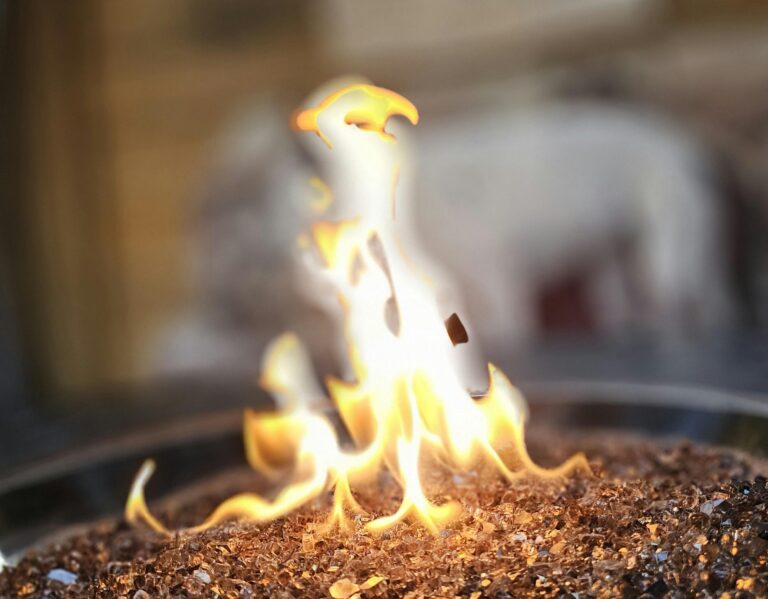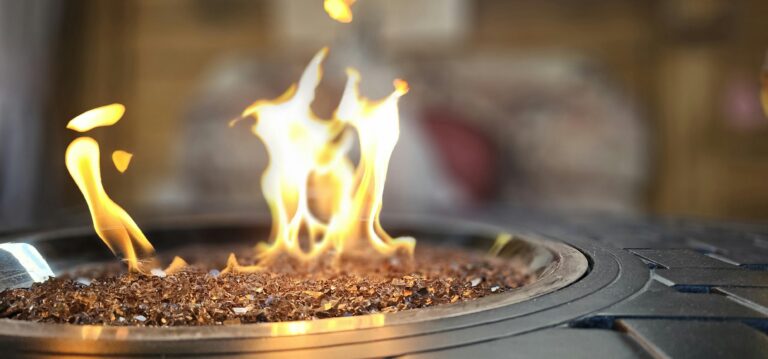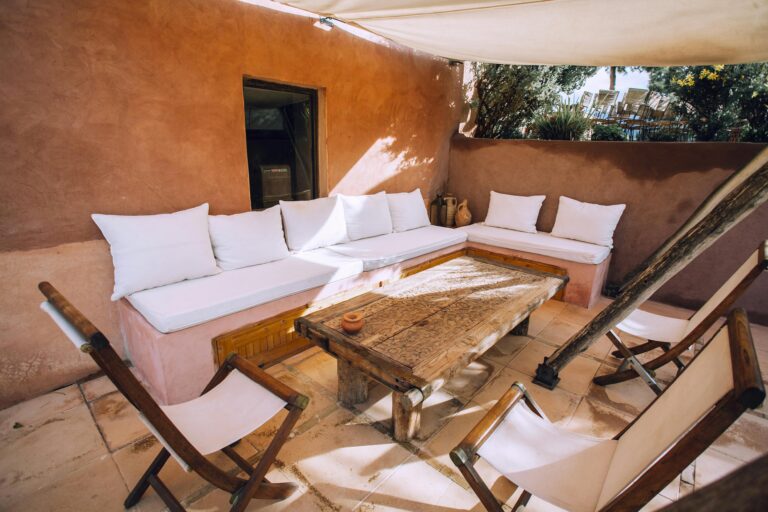The world of roofing options can be quite confusing. Among the many choices, one roofing system, known as BUR, has stood the test of time for more than a century, establishing itself as a reliable option. But what exactly is a BUR roof, and why has it earned its reputation as the preferred solution for low-slope or flat roofs?
What is a built-up roof (BUR)?
A built-up roof, commonly referred to as a BUR, is a multi-layer roofing system used primarily on flat or low-slope roofs. With a history spanning more than a century, it has proven its durability and effectiveness. In a typical built-up roof system, you’ll find alternating layers of reinforcing fabric, bitumen (often made from asphalt), and surfacing materials such as gravel that provide its waterproofing capabilities. This layered approach creates a continuous, sealed surface that distinguishes it from other types of roofing.
Key components of a built-up roofing system include
- Base sheet: The foundation of the system, typically installed over polyisocyanurate (polyiso) insulation or a sheathing board. It provides the first layer of waterproofing and can be attached with mechanical fasteners, hot asphalt or even cold-applied adhesives.
- Felt or fabric: As a middle layer, reinforcing felts provide additional insulation and flexibility. They can be adhered with hot or cold bitumen, demonstrating the versatility of the built-up roofing process.
- Bitumen: Hot or cold, bitumen is the glue that holds it all together. It can be coal tar, asphalt or a cold-applied adhesive, and it’s highly durable, ensuring a strong bond between layers.
- Paving: Depending on your preferences and the needs of your building, various surfacing materials can be applied, such as gravel, mineral caps or protective coatings. These materials guard against UV damage and protect your roof from the elements.
Why choose a built-up roof system?
- Proven reliability: With a century-long legacy, BUR has consistently proven its dependability.
- Increased Protection: Multiple layers provide added security. Even if one layer is damaged, the layers below continue to protect your building. (Note that this can also trap water in your roofing system without your knowledge).
- Longevity: The life of a built-up roof can range from 15 to 40 years, depending on maintenance and local climate conditions.
- Energy Efficiency: Modern BUR systems can incorporate rigid insulation layers, making them more energy efficient. However, older built-up roofs without this insulation may be less energy efficient.
- Reflectivity: The availability of white-coated cap sheets helps reflect the sun’s rays, keeping your building cooler. Be sure to discuss this, as not all built-up roofs are installed with white-coated cap sheets.
- Comprehensive Protection: The continuous sealed surface provides superior waterproofing and UV protection.
- Warranty Assurance: Depending on the materials used, BUR systems can come with extended warranties, providing long-term peace of mind.
Weigh the pros and cons:
Advantages:
- Cost effective over its lifetime.
- Fire resistant when the gravel layer is added.
- Requires less maintenance than some other systems.
- Can last over 30 years if installed properly.
Disadvantages:
- Installation can be time consuming and can produce strong odors.
- Leak detection can be difficult.
- The added weight of gravel may require structural reinforcements.
- May not be suitable for occupied buildings due to messy installation.
- Prone to installation errors.
- Multiple layers of roofing increase the potential for failure.
- Felt layers can trap moisture from the air, leading to premature roof failure.
Basic maintenance and repairs:
To ensure the longevity of your built-up roof, regular inspections are essential. Promptly addressing minor issues such as open seams, blisters or cracks will extend the life of your roof and maintain optimal performance.
The bottom line:
When choosing a roofing system, it’s important to consider the specific needs of your building. Tile roofing has a long history and is a proven option for low-slope or flat roofs.
However, it’s important to note that many years have passed since the invention of this roofing system. In that time, better and more cost-effective roofing technologies have emerged.


